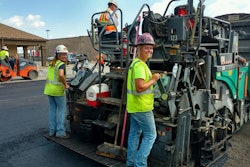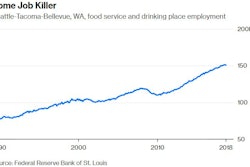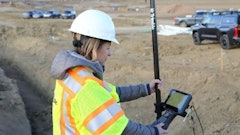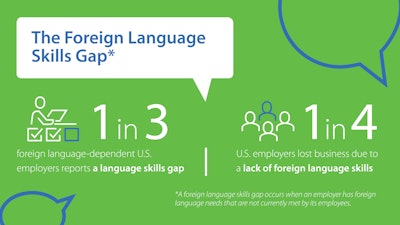
Border wall and divided political views aside, U.S. employers, and specifically the construction industry, are drowning in a foreign language skills gap that affects both on-the-job employees and the overall success of their business.
The American Council on the Teaching of Foreign Languages (ACTFL) recently conducted a survey of 1,200 U.S. employers and uncovered that language skills are in high demand across industries and functions — and that demand is expected to rise. ACTFL published the survey results in its report "Making Languages Our Business: Addressing Foreign Language Demand Among U.S. Employers." The report surveyed employers in construction, manufacturing, hospitality and travel, professional and technical services, healthcare and social assistance, education services, trade, and others.
While the report doesn't focus solely on the construction industry, our industry did have some important key findings. Not surprisingly, the survey found the construction industry has the greatest foreign language skills gap among all the sectors studied.
Read next: Communicating with Cross-cultural Crews
But it's not just communication on the jobsite that is affected by the language gap. According to the ACTFL report, employers in construction reported being unable to pursue or losing business in the past three years due to a lack of foreign language skills. Construction companies don't just need to focus on closing the language gap on their jobsites, but they also need to think about their customers who may speak a foreign language. If you can't communicate to and with a customer who speaks a foreign language then you're losing out on business.
Having foreign language skills is no longer a benefit for jobsite communication and safety, it's becoming a necessity to do business. And it's not just management that needs to improve their foreign language skills. Think about your workers and foremen who interact with customers on a more frequent basis. If they don't have the language skills to speak with customers it can negatively affect current and future business as well.
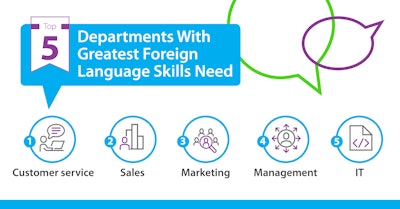 American Council on the Teaching of Foreign Languages (ACTFL)
American Council on the Teaching of Foreign Languages (ACTFL)
Additional key findings in the report showed:
- 42% of construction industry employers say they rely "a lot" on employees with foreign language skills
- The construction sector had a 49% rise in demand for foreign language skills over the past five years
- 54% of the construction industry expects an increase in demand for foreign language skills over the next five years
According to the report, Spanish is the most in-demand foreign language for all industries. Chinese, French, Japanese and German round out the top five.
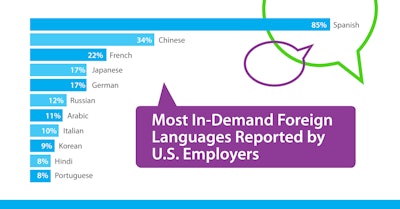 American Council on the Teaching of Foreign Languages (ACTFL)
American Council on the Teaching of Foreign Languages (ACTFL)
ACTFL makes seven recommendations U.S. businesses should employ to improve their foreign language skills gap.
- Conduct a Language Needs Analysis to identify strengths and weaknesses and define current and future language needs.
- Conduct outside language testing and assessment to identify linguistic strengths and weaknesses.
- Maintain an inventory of linguistic and cultural competencies of your workforce.
- Make foreign languages a strategic focus during the recruitment process.
- Train employees who lack the required level of language proficiency.
- Identify and cultivate a pipeline of multilingual talent by partnering with surrounding colleges and universities with internatiional studies, foreign language and study abroad programs.
- Advocate policies that are responsive to industry foreign language and workforce needs.





